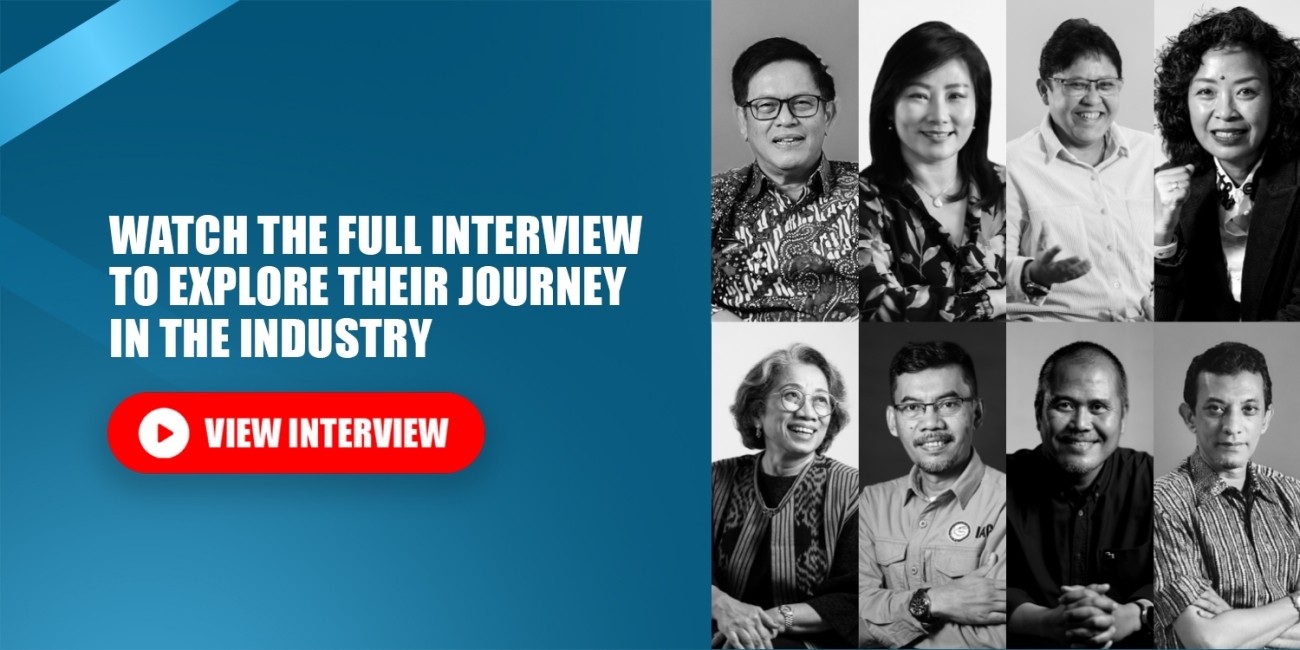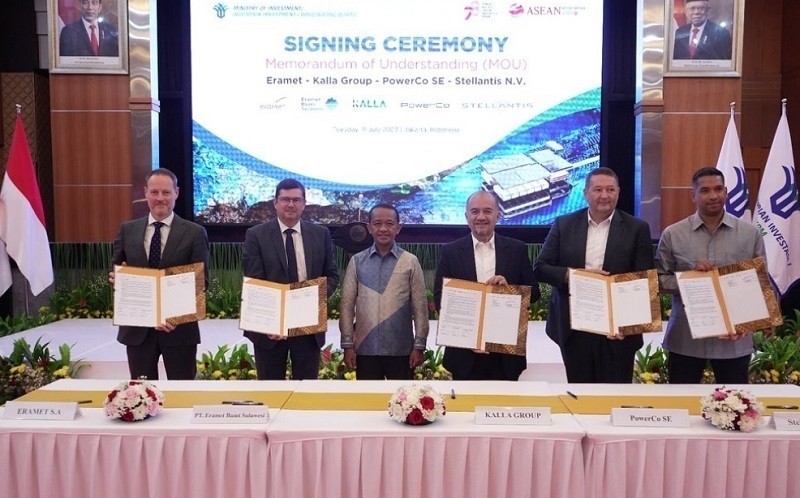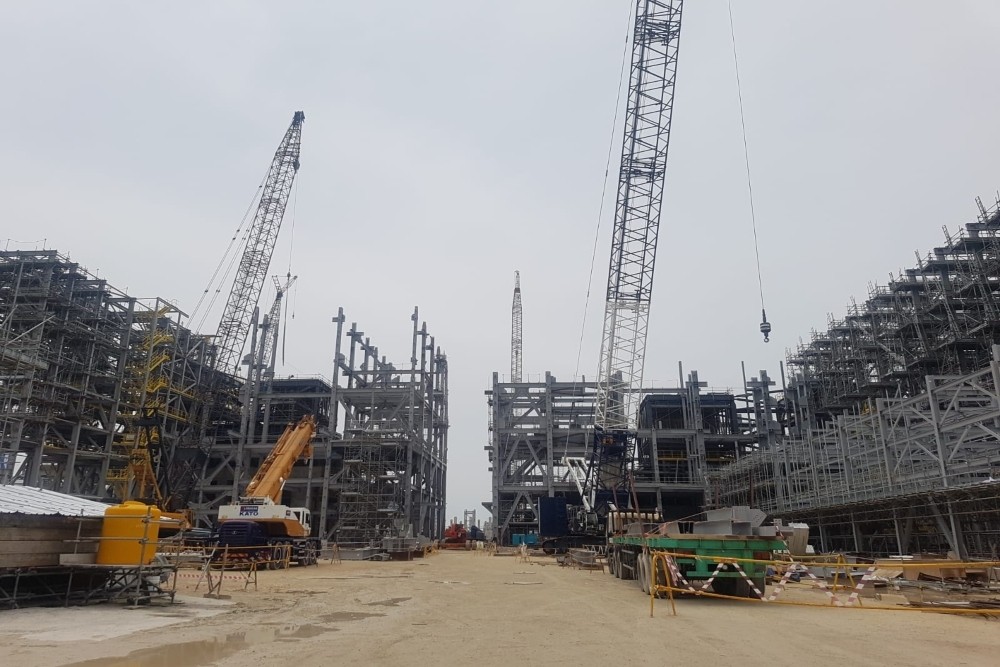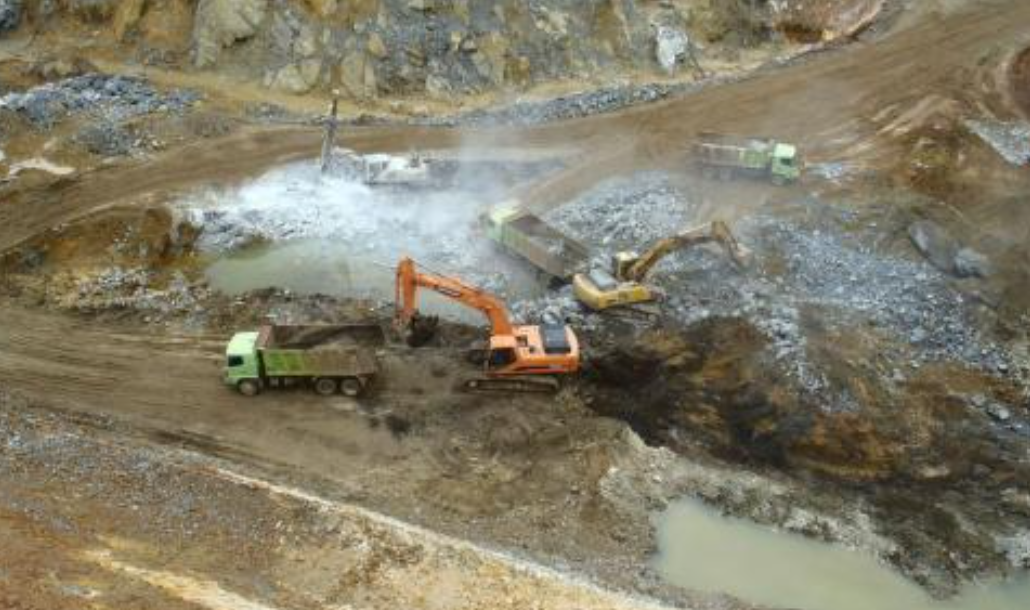The Ministry of Energy and Mineral Resources (ESDM) through Plt. Director General of Mineral and Coal Bambang Suswantono offered to develop and increase the added value (PNT) of coal to China.
The forms of downstreaming offered are in the form of other products, such as coal quality improvement (coal upgrading), coal bridging, layoffs making and coal liquefaction.
"One of the policies in coal management is to reduce the use of coal along with the end of the coal power plant and develop it into another form, especially gas to meet the needs of LPG and other chemical industries such as fertilizers," said Bambang in The 7th Indonesia China Energy Forum (ICEF) quoted Wednesday, September 4.
To accelerate the downstream program and coal PNT, Bambang continued, the government offers various parties so that this program can run as expected.
"We offer investment in the development of coal downstream in Indonesia in the form of methanol, DME and others," Bambang continued.
Bambang explained that coal can be processed into derivative products, both as industrial raw materials and energy sources.
The six coal development products that can be done today are improving the quality of coal upgrading, coal briquettes, kokas, liquid coal, and coal gasification, including underground coal gasification.
In order to support the acceleration of the development of the program, in addition to providing three incentives, the government also requires the extension of the Coal Mining Concession Work Agreement (PKP2B) to become a Special Mining Business License (IUPK), business entities must submit plans for coal development and/or utilization.
"Currently, there are 6 IUPKs that have planned the development of coal into gas, fertilizer and kokas. The status is currently conducting economic studies and feasibility studies and hopefully by 2030 it will be able to commission," said Bambang.
For information, Indonesia currently has 97.29 billion tons of coal resources and 31.71 billion tons of reserves, of which 70 percent of the total resources are low quality coal and the remaining 30 percent are high quality and medium coal.
Most of the resources and reserves are spread across East Kalimantan, South Sumatra, South Kalimantan, Central Kalimantan and Jambi. The rest are scattered in Jambi, Riau, North Kalimantan, Aceh, Bengkulu, West Sumatra and Papua, West Sulawesi, western Java.








